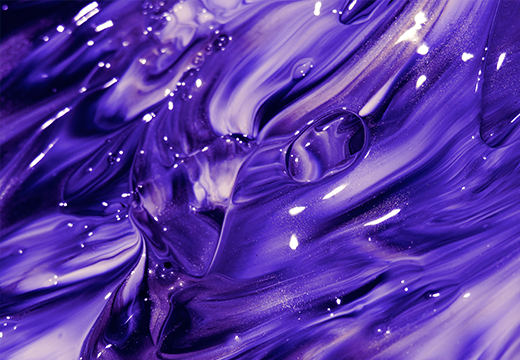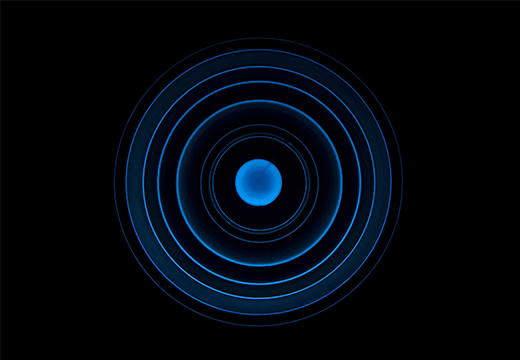жҸҗй«ҳ nCloth зў°ж’һзҡ„зІҫзЎ®еәҰ
йҖүжӢ©иҰҒжҸҗй«ҳе…¶зІҫзЎ®еәҰ并改иҝӣе…¶зў°ж’һзҡ„ nCloth жҲ–иў«еҠЁеҜ№иұЎгҖӮ
еңЁвҖңеұһжҖ§зј–иҫ‘еҷЁвҖқ(Attribute Editor)дёӯпјҢжү§иЎҢд»ҘдёӢж“ҚдҪңпјҡ
и°ғж•ҙ nCloth жҲ–иў«еҠЁеҜ№иұЎзҡ„вҖңеҺҡеәҰвҖқ(Thickness)гҖӮйҖүжӢ© nClothShape жҲ– nRigidShape йҖүйЎ№еҚЎпјҢ然еҗҺеңЁзў°ж’һж Үеҝ—еҢәеҹҹдёӯжӣҙж”№вҖңеҺҡеәҰвҖқ(Thickness)еҖјгҖӮдёәиҺ·еҫ—жңҖдҪіж•ҲжһңпјҢзў°ж’һдҪ“з§ҜзңӢдёҠеҺ»еә”зҙ§иҙҙ nClothгҖӮ
и°ғж•ҙ nCloth еҜ№иұЎзҡ„вҖңиҮӘзў°ж’һеҺҡеәҰвҖқ(Self Collision Thickness)гҖӮйҖүжӢ© nClothShape йҖүйЎ№еҚЎпјҢ然еҗҺеңЁвҖңзў°ж’һвҖқ(Collisions)йғЁеҲҶдёӯпјҢжӣҙж”№вҖңиҮӘзў°ж’һе®ҪеәҰжҜ”дҫӢвҖқ(Self Collide Width Scale)еҖјгҖӮ
и°ғж•ҙ nCloth еҜ№иұЎзҡ„вҖңзў°ж’һж Үеҝ—вҖқ(Collision Flag)гҖӮйҖүжӢ© nClothShape йҖүйЎ№еҚЎпјҢ然еҗҺеңЁвҖңзў°ж’һвҖқ(Collisions)йғЁеҲҶдёӯпјҢжӣҙж”№вҖңзў°ж’һж Үеҝ—вҖқ(Collision Flag)дёӢжӢүеҲ—иЎЁдёӯзҡ„йҖүжӢ©гҖӮйҖүжӢ©вҖңйқўвҖқеҸҜеҲӣе»әзІҫзЎ®еәҰжңҖй«ҳзҡ„зў°ж’һпјӣйҖүжӢ©вҖңйЎ¶зӮ№вҖқ(Vertex)еҸҜеҲӣе»әзІҫзЎ®еәҰжңҖдҪҺзҡ„зў°ж’һгҖӮ
и°ғж•ҙ nCloth зҡ„вҖңиҮӘзў°ж’һж Үеҝ—вҖқ(Self Collision Flag)гҖӮйҖүжӢ© nClothShape йҖүйЎ№еҚЎпјҢ然еҗҺеңЁвҖңзў°ж’һвҖқ(Collisions)йғЁеҲҶдёӯпјҢжӣҙж”№вҖңиҮӘзў°ж’һж Үеҝ—вҖқ(Self Collision Flag)дёӢжӢүеҲ—иЎЁдёӯзҡ„йҖүжӢ©гҖӮ
еўһеӨ§ nCloth зҡ„зў°ж’һиҝӯд»Јж¬Ўж•°пјҢж–№жі•жҳҜеңЁ nClothShape йҖүйЎ№еҚЎзҡ„иҙЁйҮҸи®ҫзҪ®(Quality Settings)еҢәеҹҹдёӯпјҢи°ғж•ҙе…¶жңҖеӨ§иҮӘзў°ж’һиҝӯд»Јж¬Ўж•°(Max Self Collide Iterations)еұһжҖ§гҖӮ
и§ЈеҶі nCloth зҡ„з©ҝйҖҸпјҢж–№жі•жҳҜеңЁ nClothShape е’Ң nRigidShape йҖүйЎ№еҚЎзҡ„иҙЁйҮҸи®ҫзҪ®(Quality Settings)еҢәеҹҹдёӯпјҢи°ғж•ҙе…¶йҷ·йҳұжЈҖжҹҘ(Trapped Check)гҖҒеҗ‘еӨ–жҺЁ(Push Out)е’ҢдәӨеҸүжҺЁеҠӣ(Crossover Push)еұһжҖ§гҖӮ



